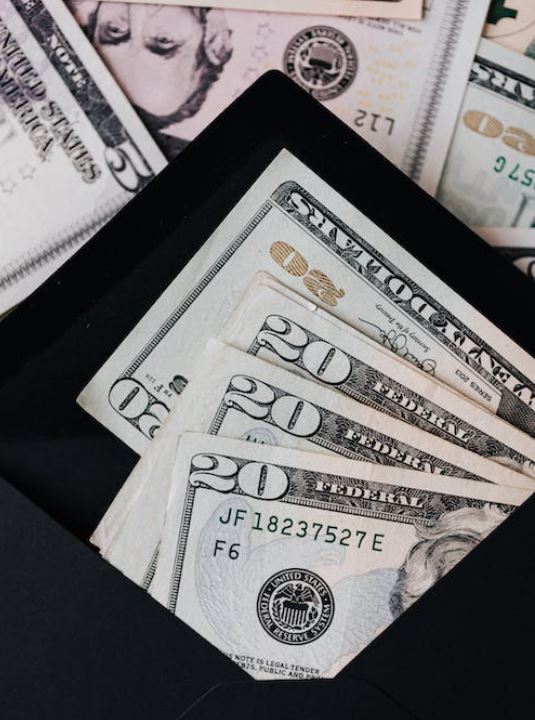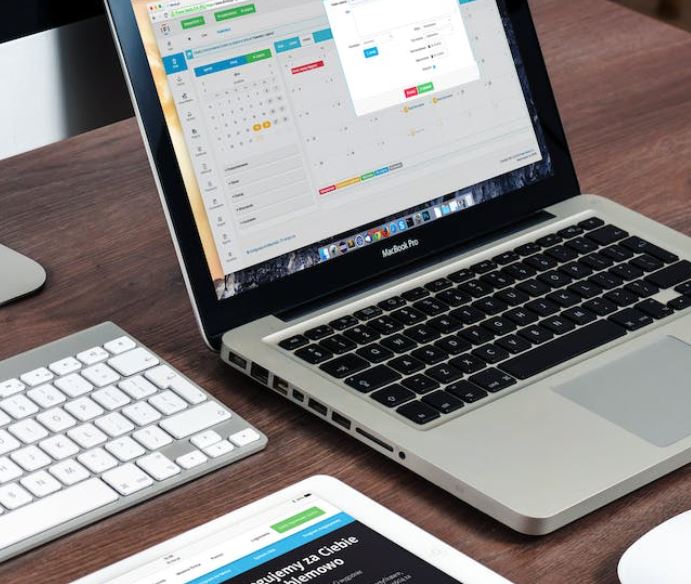
Tips to identify fake documents for fraud prevention
Tips to identify fake documents: Intro
Fraudulent activities are on the rise, and criminals are becoming more sophisticated in their methods. One of the most common ways to commit fraud is through the use of fake documents.
Fake documents are often used to deceive individuals or organizations for financial gain. As such, it is important to be able to identify fake documents to prevent fraud.
We will discuss tips to identify fake documents for fraud prevention.
Tips to identify fake documents
Fake documents often have visual inconsistencies that make them easy to spot.
For example, a fake driver's license may have a different font or color scheme than a genuine one.
Additionally, spelling and grammar errors are common in fake documents, as they are often created by individuals who are not native speakers of the language.
Examining the paper quality and texture can also help identify fake documents.
For instance, counterfeit money may have a different texture or feel than genuine currency.
By paying attention to these visual cues, individuals can identify fake documents and prevent fraud.
Types of fake documents used for fraud
There are several types of fake documents commonly used for fraud:
- One of the most common is fake identification cards. Criminals may create fake IDs to gain access to restricted areas or to purchase age-restricted items.
- Counterfeit currency is another common type of fake document used for fraud. Criminals may use counterfeit money to purchase goods or services without paying the full amount.
- Forged signatures are also common in fraudulent activities. Criminals may forge signatures on documents to gain access to funds or to commit identity theft.
Prevent the use of fake documents
To prevent the use of fake documents, it is important to conduct thorough background checks on individuals:
- This can include verifying employment history, checking references, and conducting criminal background checks.
- Implementing document verification procedures can also help prevent the use of fake documents.
- Organizations can use document verification software to check the authenticity of documents.
- Training employees on how to identify fake documents is also important. By educating employees on the characteristics of fake documents, they can help prevent fraud in the workplace.
Conclusion
Identifying fake documents is crucial in preventing fraud. By understanding the characteristics of fake documents, individuals can identify visual inconsistencies, spelling and grammar errors, and paper quality and texture.
Additionally, being aware of common types of fake documents used for fraud, such as fake identification cards, counterfeit currency, and forged signatures, can help individuals be more vigilant.
Finally, preventing the use of fake documents can be achieved by conducting thorough background checks, implementing document verification procedures, and training employees on how to identify fake documents. By taking these steps, individuals and organizations can protect themselves from fraud and its devastating consequences.
Essential Skills for Modern Entrepreneurs in 2024




